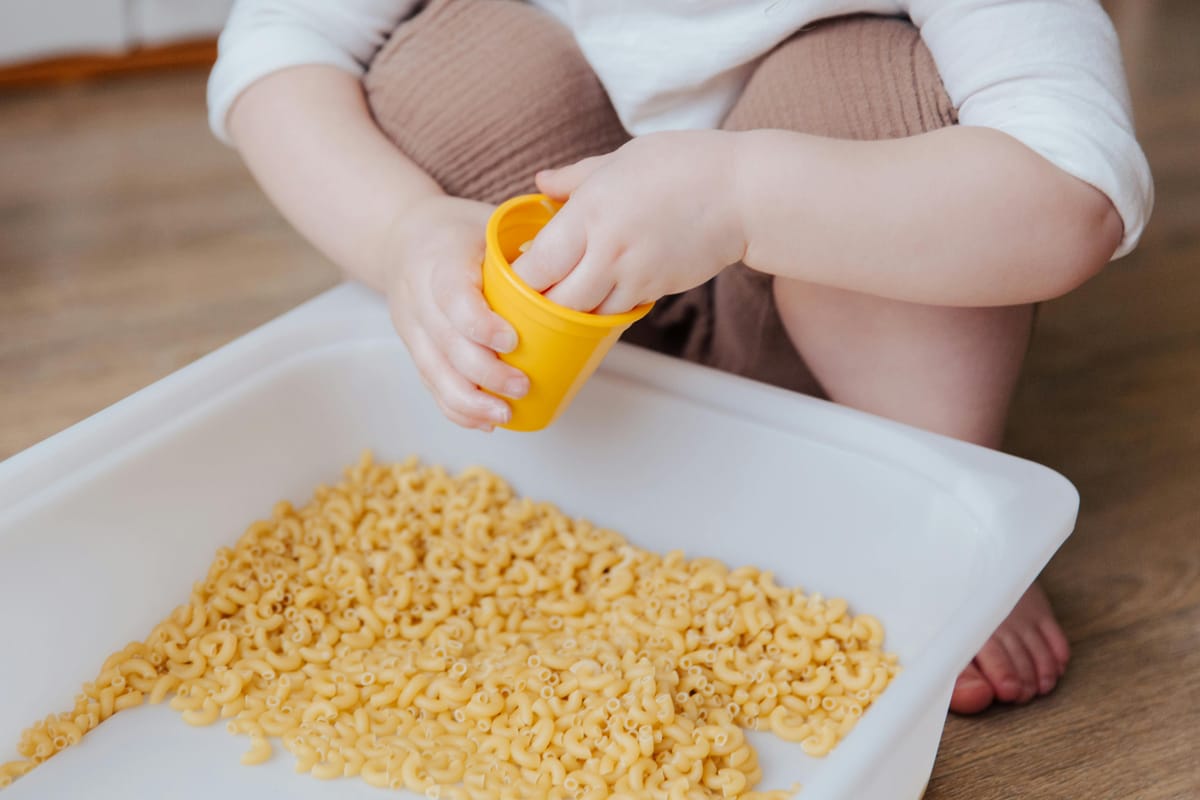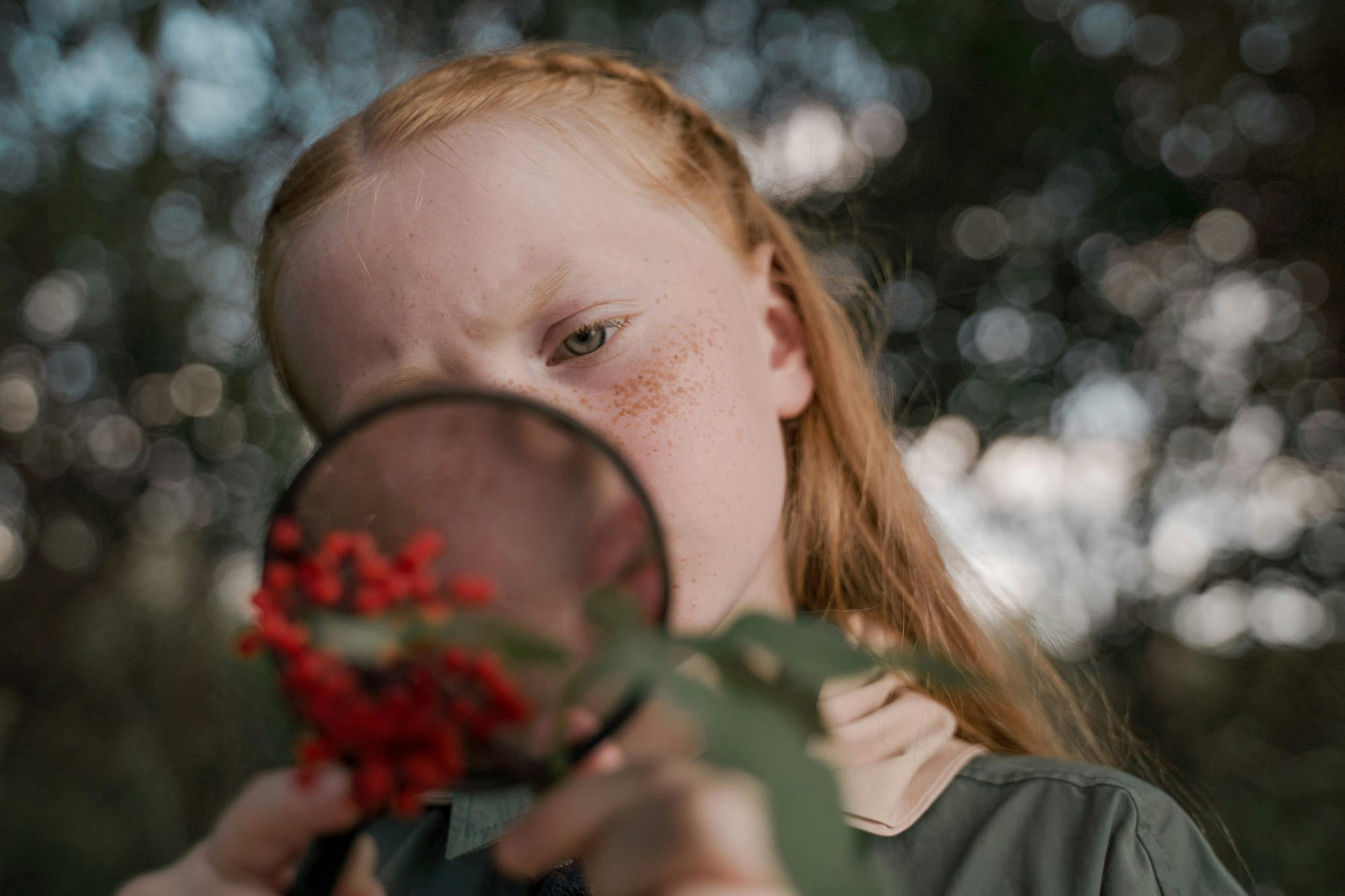Fostering Curiosity: Igniting a Lifelong Love of Learning in Your Child

Every parent wants to see their child flourish, and a key ingredient in that success is a love of learning. But how do you ignite that spark in a world filled with distractions?
The good news is that curiosity is a natural human state. Children are born investigators, eager to explore and understand the world around them. As parents, our role is to nurture that curiosity and create an environment that encourages a lifelong love of learning.
The Power of Play
Play is more than just fun; it's essential for a child's development. Through play, children experiment, solve problems, and develop their imagination and creativity.
- Open-ended Toys: Instead of toys with pre-determined functions, choose open-ended toys that allow for exploration and creative thinking. Building blocks, blocks of different shapes and textures, play dough, and art supplies are all excellent options.
- Sensory Play: Sensory play engages multiple senses, stimulating the brain and encouraging exploration. Activities like water play, building sandcastles, and playing with slime can be both fun and educational.
- Unstructured Play: Unstructured playtime allows children to take the lead and explore their interests. Give your child dedicated time to play independently and resist the urge to constantly intervene with instructions.
Ask the Right Questions
Curiosity thrives on questions, and one of the best ways to encourage exploration is by asking your child open-ended questions. Instead of questions with yes/no answers, ask questions that prompt them to think and elaborate:
- "What do you think would happen if...?"
- "Why do you think that butterfly has such colorful wings?"
- "How could we use these blocks to build a tower?"

Explore the World Together
Turn everyday experiences into learning opportunities. Take walks in nature, point out different animals and plants, and discuss their characteristics. Visit museums, libraries, and zoos, and encourage your child to ask questions about what they see.
Creating a Stimulating Environment
- Reading Nook: Set up a dedicated reading nook filled with age-appropriate books. Make reading a regular activity, cuddling up together for story time every night.
- Science Experiments: Simple science experiments can be a fun and engaging way to learn about the world. Explore baking soda volcanoes, make slime, or grow crystals together.
- Art and Music: Provide your child with art materials and musical instruments and encourage them to express themselves creatively.
Dr. Lana Johnson, a child development specialist, explains:
"Curious children constantly ask questions, explore their environment, and experiment with new things. They may be easily distracted by new sights and sounds and show a strong desire to learn more about the world around them".
Final Thoughts:
Nurturing your child's curiosity takes time and effort, but the rewards are endless. By providing a stimulating environment, engaging in open-ended play, and asking the right questions, you can help your child develop a lifelong love of learning.
